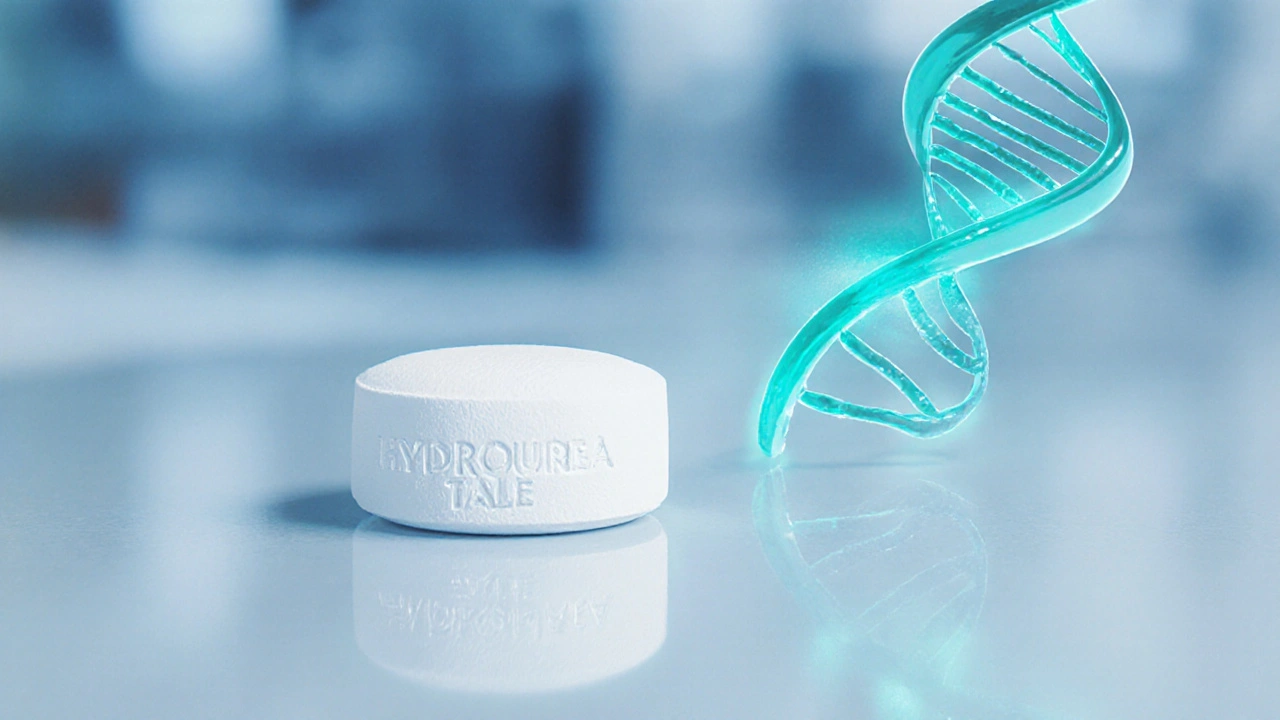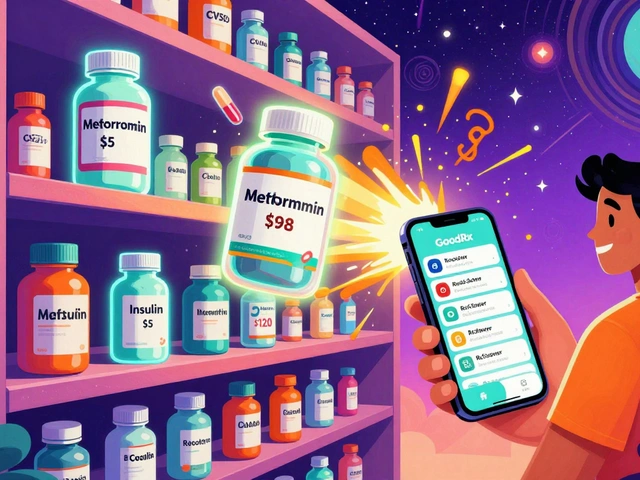Compare Hydroxyurea – Uses, Dosage, Side Effects & Alternatives
When you start looking at Hydroxyurea, a chemotherapy agent that also manages sickle cell disease and several blood cancers. Also known as Hydroxycarbamide, it works by slowing down cell growth and raising fetal hemoglobin levels, which eases pain crises in sickle cell patients. Sickle Cell Disease is a genetic blood disorder where abnormal hemoglobin causes red cells to sickle, leading to chronic pain and organ damage. Polycythemia Vera is another condition where the bone marrow makes too many red blood cells, and hydroxyurea helps keep the count in check. Knowing these disease contexts is the first step before you compare any therapy.
Hydroxyurea requires careful dose titration because the therapeutic window is narrow. Typical adult dosing for sickle cell disease starts at 15 mg/kg daily and is adjusted based on blood counts and fetal hemoglobin response. Monitoring includes regular CBC checks, kidney function tests, and skin examinations for potential ulcers. Side effects you’ll often hear about are myelosuppression, gastrointestinal upset, and rare skin changes. The drug’s efficacy hinges on reaching a target fetal hemoglobin level—usually above 20%—which correlates with fewer pain episodes. In essence, Hydroxyurea demands a balance between dose intensity and safety, a relationship that shapes every comparison you’ll make.
Key Factors When Comparing Hydroxyurea
Any meaningful comparison must look at alternatives that target the same pathways or disease outcomes. Busulfan is a classic chemotherapy often used in myeloproliferative disorders; it works by cross‑linking DNA, which leads to stronger bone‑marrow suppression but comes with higher toxicity. Interferon‑α offers a non‑chemo approach for polycythemia vera, boosting immune activity without the same level of blood‑cell suppression, yet it can cause flu‑like symptoms. When you weigh hydroxyurea against these options, consider efficacy (how well the drug controls blood counts), safety (side‑effect profile), convenience (oral daily dosing vs. injections), and cost. The decision also depends on patient age, comorbidities, and how aggressively the disease is progressing.
Below you’ll find a curated list of articles that break down hydroxyurea’s role side by side with other treatments, explore dosing strategies, and share real‑world experiences. Whether you’re a patient trying to understand why your doctor chose this medication, or a health‑care professional looking for a quick reference, the posts provide practical insights you can act on right away. Dive into the comparisons, pick up the tips, and see how hydroxyurea fits into the broader landscape of blood‑disorder therapies.
Hydroxyurea vs Alternatives: Which Drug Fits Your Treatment Needs?
A clear comparison of Hydroxyurea with its main alternatives for sickle‑cell disease and CML, covering efficacy, side‑effects, cost and how to choose the right option.





